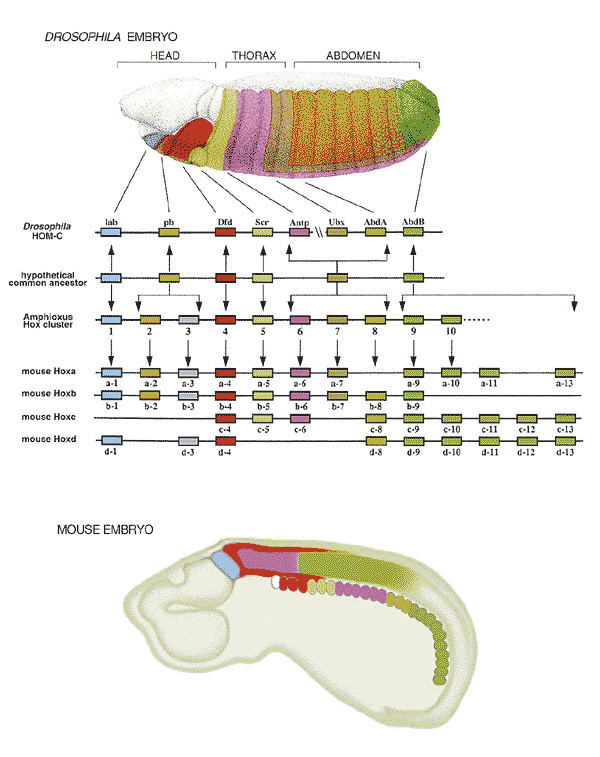Researchers at the University of Edinburgh have discovered a signaling circuit of highly flexible nanotubes in eukaryote cells. From the news release:
Professor Mark Evans, of the University of Edinburgh’s Centre for Discovery Brain Sciences, said: “We found that cell function is coordinated by a network of nanotubes, similar to the carbon nanotubes you find in a computer microprocessor.
“The most striking thing is that this circuit is highly flexible, as this cell-wide web can rapidly reconfigure to deliver different outputs in a manner determined by the information received by and relayed from the nucleus. This is something no man-made microprocessors or circuit boards are yet capable of achieving.”
Scientific progress has not been kind to David Hume’s criticism of the analogy argument for design. At the anatomical level, which Hume observed, any similarity between life and human technology can be hard to discern. But as science progressed and the electron microscope has allowed us to peer into the cell, the analogy has returned with a vengeance. Where would our modern understanding of cell biology be without concepts like regulation, control, signals, receptors, messengers, codes, transcription, translation, editing, proofreading, etc.?
You might even say that science has been well-served by a healthy dose of methodological designism.
This news release was discussed on the Peaceful Science forum, where someone posted a link to philosophers Massimo Pigliucci and Maarten Boudry’s article, “Why Machine-Information Metaphors are Bad for Science and Science Education”. From the abstract:
Genes are often described by biologists using metaphors derived from computational science: they are thought of as carriers of information, as being the equivalent of “blueprints” for the construction of organisms. Likewise, cells are often characterized as “factories” and organisms themselves become analogous to machines. […] In this article we connect Hume’s original criticism of the living organism = machine analogy with the modern ID movement, and illustrate how the use of misleading and outdated metaphors in science can play into the hands of pseudoscientists. Thus, we argue that dropping the blueprint and similar metaphors will improve both the science of biology and its understanding by the general public.
First of all, it is interesting to note the motivation behind wanting to abolish “machine-information metaphors” from science: It “play[s] into the hands of pseudoscientists” – i.e. people who are friendly towards intelligent design. In other words, this is a political call-to-action to stop giving aid and comfort to the enemy.
Second of all, the authors choose to criticize the “blueprint analogy”, which is indeed not a very helpful analogy. The human genome contains nothing that can be likened to a drawing of a human. It contains the instructions for synthesizing the proteins and ribozymes which are necessary for the development and functioning of the human body, but likening this to a blueprint isn’t a very helpful analogy.
The “genome as a blueprint” is an example of a faulty analogy, comparing an analog object (a blueprint) with what’s really a digital technology (encoding information as a symbolic language). As our technology has improved, closer approaching the sophistication found in cells, our ability to formulate accurate analogies has improved as well.
Ironically the blueprint analogy fails, not because design analogies in general fail, but because it tries to establish an analogy to a technology that is insufficiently sophisticated to measure up to that found in the cell.
Unlike the blueprint analogy, analogies to computer technology continue to generate heuristic dividends for science. Does anyone believe science understanding would be improved if we had to describe, say, protein synthesis without using concepts like code, sequence, transcription, translation, etc.?

